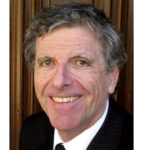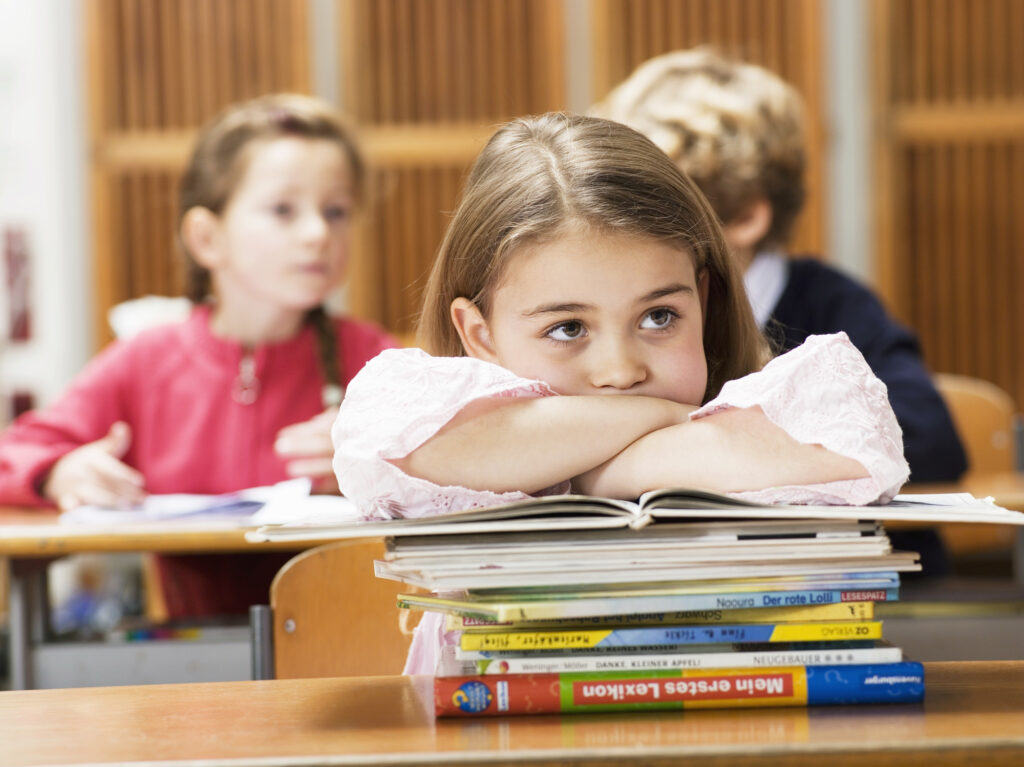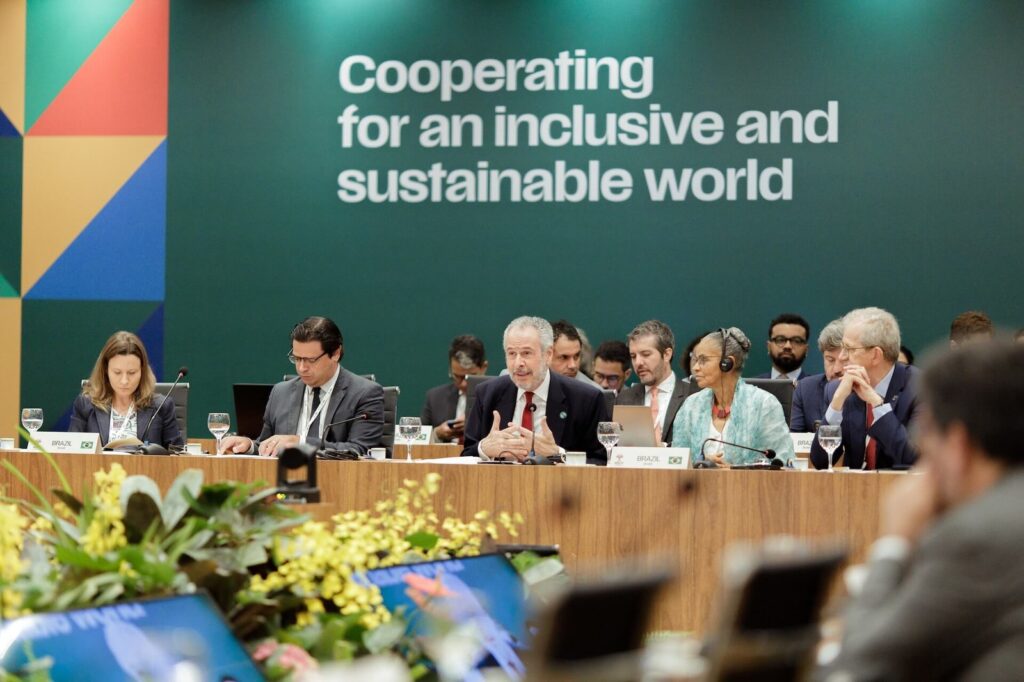The “banned books” lie is still being spread.
The headlines tell the story. Huffington Post maintains that “Red States Are Leading The Effort to Ban Books — And Now The Government Is Joining In.” At the same time, Newsweek reports that they have a map that “shows states that have banned most school books.” USA Today asks, “What are the top 10 most banned books in the US?”
The mainstream media are all referring to a recent report from PEN America, which declares that schools nationwide banned 6,870 books between July 2024 and June 2025. The group also maintains that the 2023-24 academic year saw a 200% increase in book bans in the nation’s schools.
“Never before in the life of any living American have so many books been systematically removed from school libraries across the country,” Kasey Meehan, the director of PEN America’s Freedom to Read program, said in a press release. “A disturbing ‘everyday banning’ and normalization of censorship has worsened and spread over the last four years. The result is unprecedented.”
The stories above have been brought to light by Banned Books Week, which was established by the American Library Association in 1982 due to “a sudden surge in the number of challenges to books in libraries, bookstores, and schools.” This year, the event took place from October 5-11.
Blue states consistently support the banning hysteria. California, Colorado, Delaware, Illinois, Maryland, Minnesota, New Jersey, Vermont, and Washington have all enacted laws to defend the “freedom to read and prevent book bans.”
What are the books that are at the center of controversy?
The American Library Association recently listed last year’s “Top Ten challenged book titles.” All of them contained “LGBTQIA+ content” and/or “claimed to be sexually explicit”: Gender Queer: A Memoir by Maia Kobabe, All Boys Aren’t Blue by George M. Johnson, The Perks of Being a Wallflower by Stephen Chbosky, The Bluest Eye by Toni Morrison, Flamer by Mike Curato, Tricks by Ellen Hopkins, Looking for Alaska by John Green, Me and Earl and the Dying Girl by Jesse Andrews, Sold by Patricia McCormick, and Let’s Talk About It: The Teen’s Guide to Sex, Relationships, and Being a Human by Erika Moen and Matthew Nolan.
In Gender Queer, the protagonist says, “I can’t wait to have your c**k in my mouth—I’m going to give you the bl*w j*b of your life. Then I want you inside me.” Crank details meth addiction and rape. Tricks tells the interwoven stories of five teenagers who become involved in prostitution in Las Vegas as a means of survival. There are graphic depictions of child sexual abuse, drug use, violence, and sexual content.
What are the so-called book bans really about?
In reality, they usually involve schools deciding which library books are appropriate for different age groups. No one is genuinely calling to ban these books. No one is trying to prevent the sale of controversial books in stores or online. No one is attempting to imprison writers. Clearly, this would be a cause for concern. “Banning” simply means removing books from libraries or restricting minors’ access within those libraries. It is not the same as a prohibition.
…To Continue Reading Please Visit for Kids&Country.Org.





